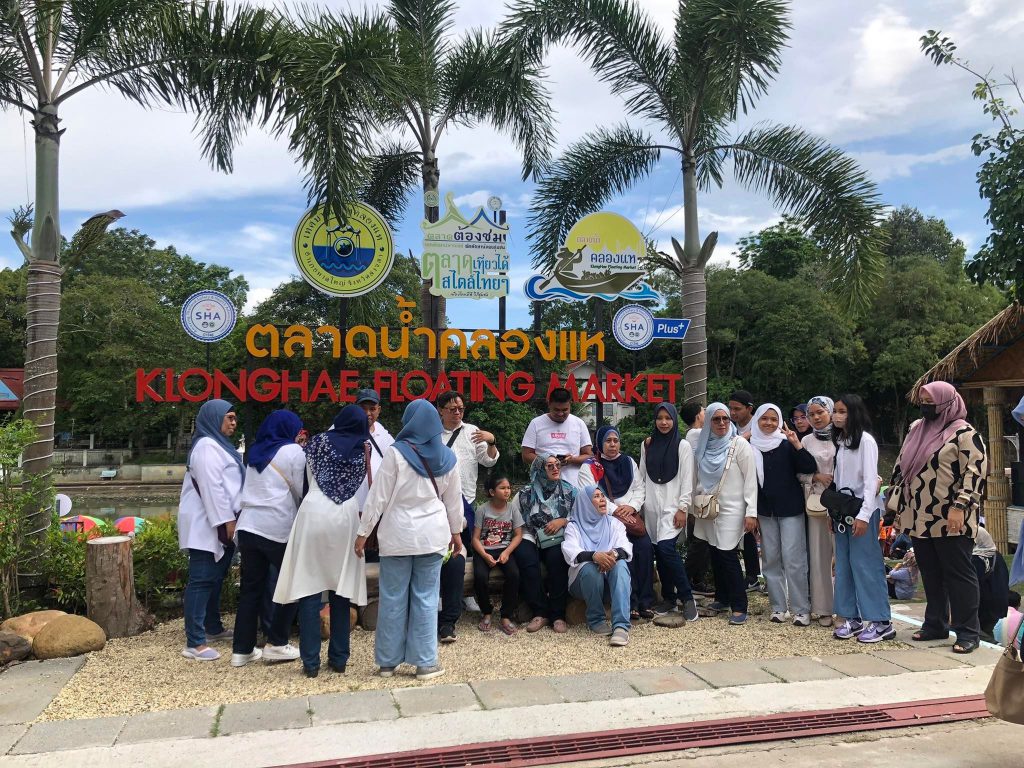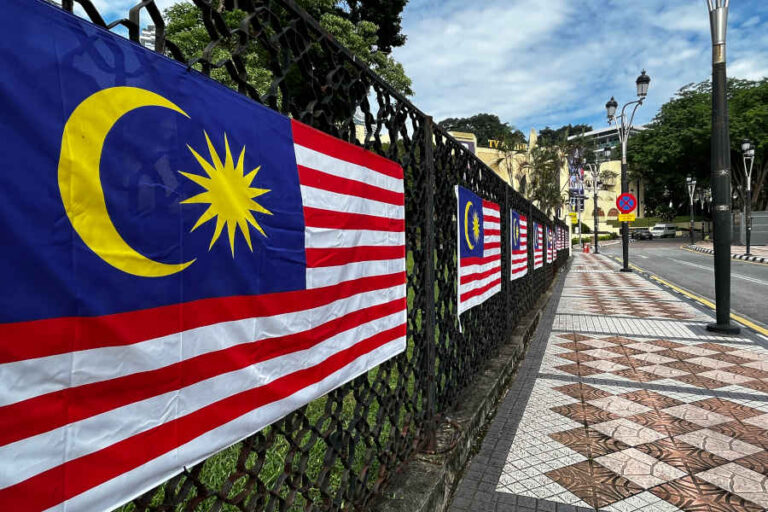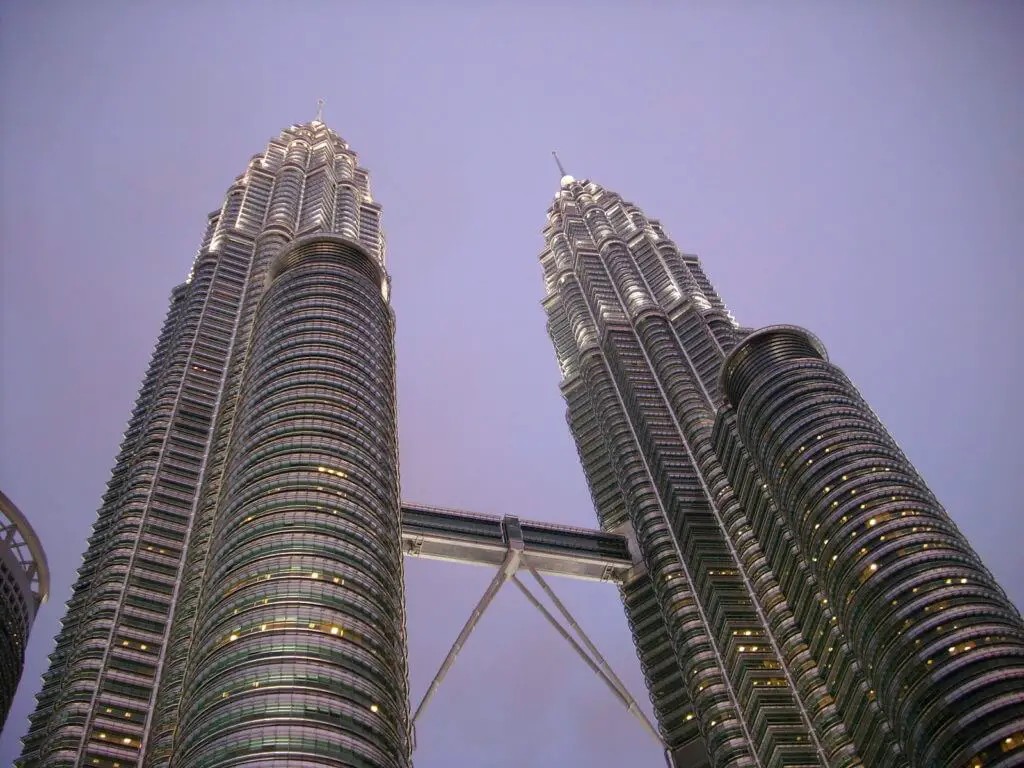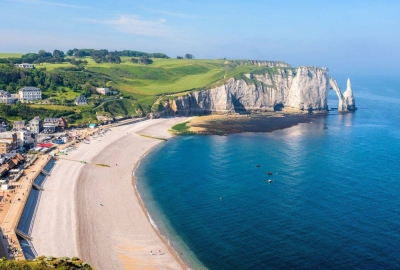Visitors are Not Tourists | MalaysiaNow
In the realm of travel, the distinction between “tourists” and “visitors” often blurs. While both terms refer to individuals who travel away from their home environment, their motivations and experiences can vary significantly.
Defining the Difference
Tourists are typically characterized by their short-term stays, with the primary purpose of sightseeing and recreational activities. They often follow predetermined itineraries and stay in designated tourist areas. In contrast, visitors have a broader definition. They may travel for a variety of reasons, including business, education, family visits, or medical treatment. Their stays can range from a few days to several years.
Beyond the Surface
Beyond the temporal and motivational differences, there are deeper nuances that distinguish visitors from tourists. Tourists tend to have a more superficial engagement with their destination, focused on iconic attractions and popular experiences. Visitors, on the other hand, often seek more authentic and immersive encounters. They may venture into local communities, engage with residents, and participate in cultural activities.
Economic Implications
The distinction between visitors and tourists has significant economic implications. Tourism, driven by the influx of tourists, can generate revenue for businesses and create jobs in the hospitality sector. However, it can also lead to overcrowding, environmental degradation, and a loss of cultural identity. Visitors, while not as lucrative as tourists in the short term, can provide long-term economic benefits. They may contribute to knowledge exchange, investment, and cross-cultural understanding. By fostering deeper connections between people from different backgrounds, visitors can promote sustainable and meaningful tourism practices.
Rethinking Tourism
In the post-pandemic era, it is crucial to rethink tourism and embrace a more nuanced approach. Rather than focusing solely on attracting tourists, destinations should strive to create welcoming environments for visitors of all types. This includes providing opportunities for cultural exchange, supporting local businesses, and protecting the environment.
Conclusion
The distinction between visitors and tourists is a reminder that travel can take many forms. By acknowledging the diversity of motivations and experiences, we can create more inclusive and sustainable tourism models. By embracing visitors as valued guests who contribute to our communities and cultural landscapes, we can unlock the true potential of travel to foster understanding, growth, and prosperity.Tourists vs. Visitors: A Critical Distinction in Tourism
Tourists vs. Visitors: A Critical Distinction in Tourism
Inaccurate use of terminology in tourism reporting can lead to significant misunderstandings and misinterpretations. The terms “tourists” and “visitors” have distinct meanings and should not be used interchangeably.
Tourists
are individuals who stay overnight away from their home for leisure, business, or other non-work purposes. They typically stay in paid accommodations, such as hotels or guesthouses. In 2019, Malaysia recorded 26.1 million tourist arrivals and 8.9 million excursionists, bringing the total number of foreign visitors to 35 million.
Visitors
encompass both tourists and excursionists.
Excursionists
are individuals who make a day trip to a different destination but return home the same day. Therefore, the term “visitor” is used when it is not necessary to distinguish between tourists and excursionists. Furthermore, it is important to differentiate between domestic tourism and domestic package tours.
Domestic tourism
refers to the total expenditure by locals on tourism within their own country, while
domestic package tours
are packaged tours sold by tour operators. The former is a much larger segment than the latter.
Domestic tourism expenditure
includes spending on shopping, fuel, food and beverages, and accommodation, among others. In 2018 and 2019, total domestic expenditure on tourism was RM92.6 billion and RM103.2 billion, respectively. Only a small portion of this expenditure goes towards domestic package tours.
Implications for Tourism Policy
Understanding the difference between tourists and visitors is crucial for policymakers. Tourism Malaysia aims to attract more domestic visitors and increase spending within the country. However, only a small fraction of domestic visitors are tourists who stay overnight in paid accommodations. Therefore, promoting quality tourism domestically should focus on encouraging more day-trippers to stay as overnight tourists and spend more money on activities such as business events and cultural experiences. Additionally, establishing special tourism centers in cities with ample parking and facilities can enhance the visitor experience and attract more domestic and international visitors. By providing concrete measures to promote tourism, rather than relying solely on claims or slogans, Malaysia can effectively grow its tourism industry.
Visitors and Tourists: A Fine Distinction
While the terms “visitor” and “tourist” are often used interchangeably, there is a subtle distinction between the two. A visitor is someone who travels to a place for any purpose, while a tourist is someone who travels for leisure or recreational purposes. This distinction may seem trivial, but it has important implications for tourism policy and planning.
The Economic Impact
Tourists are often seen as more valuable to the economy than visitors, as they tend to spend more money on souvenirs, food, and accommodation. However, this is not always the case. Visitors who come for business or medical purposes may also spend a significant amount of money, and they may also help to create jobs and investment.
The Social Impact
Tourists can have a positive impact on the local culture, by learning about and experiencing different ways of life. However, they can also have a negative impact, by disrupting local customs and traditions. Visitors, on the other hand, are less likely to have a significant social impact, as they are more likely to be respectful of local customs and traditions.
Policy Implications
The distinction between visitors and tourists has implications for tourism policy and planning. Governments may choose to target different types of visitors with different policies. For example, they may offer tax breaks or other incentives to attract tourists, while they may impose fees or other restrictions on visitors.
Conclusion
The distinction between visitors and tourists is a subtle but important one. This distinction has implications for tourism policy and planning, as well as for the economic and social impact of tourism. By understanding the difference between visitors and tourists, we can better develop policies that maximize the benefits of tourism while minimizing the negative impacts.

















